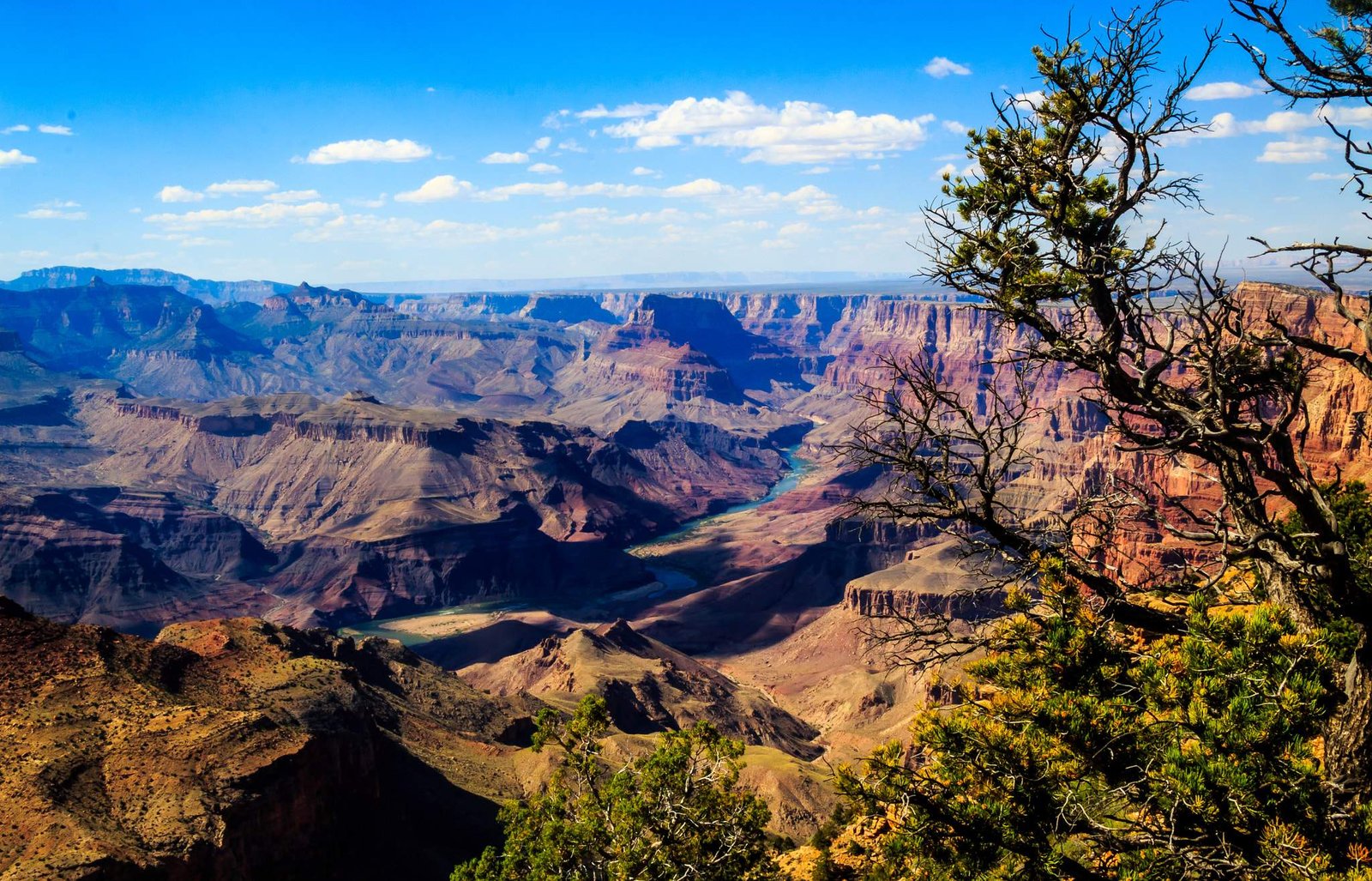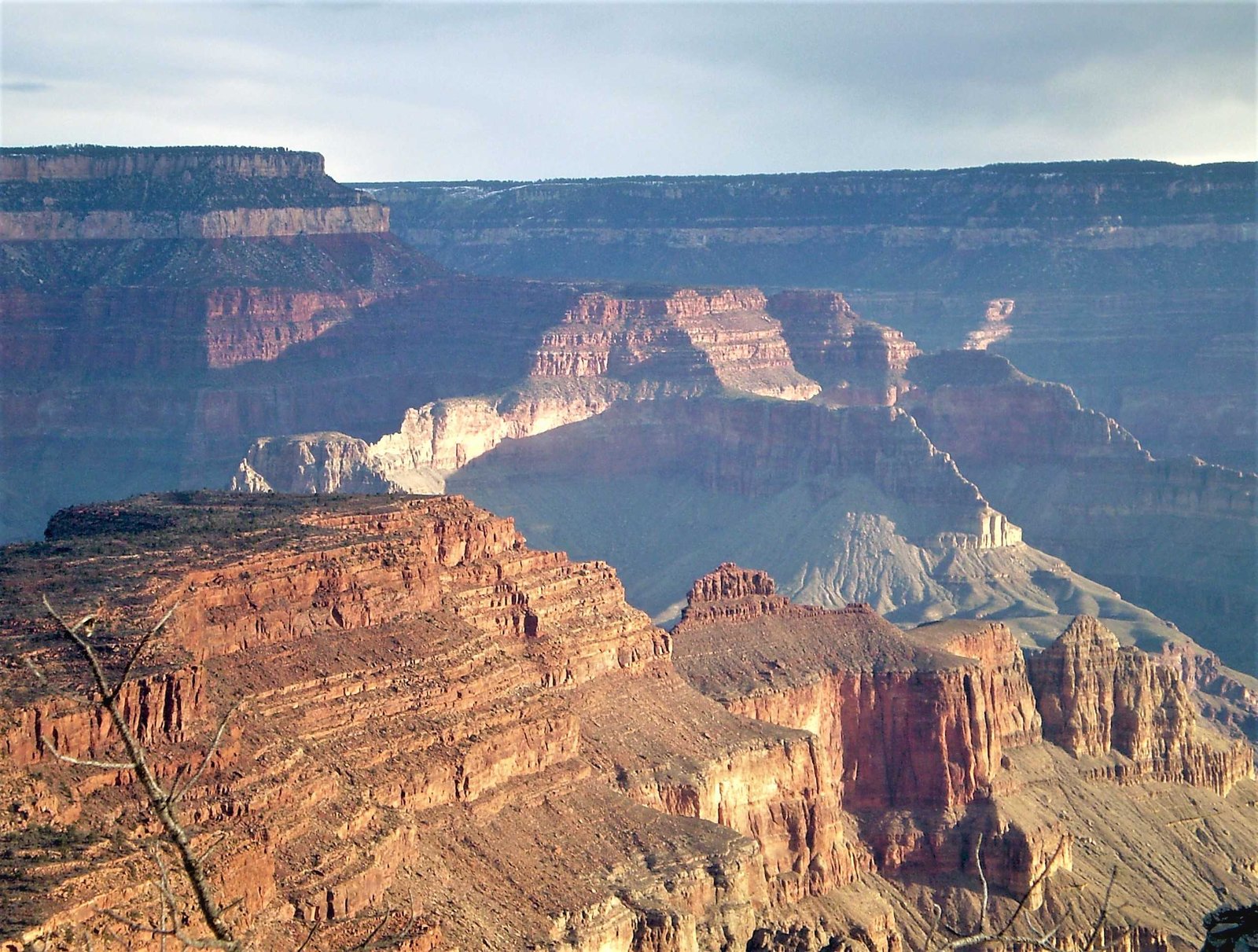The Grand Canyon represents a breathtaking geological masterpiece sculpted over millions of years through complex interactions between water, rock, and tectonic forces. Carved primarily by the Colorado River’s persistent erosive action and driven by regional tectonic uplift, this natural wonder reveals a remarkable story of geological transformation that spans billions of years, showcasing nature’s extraordinary sculptural capabilities.
What Geological Forces Shaped the Grand Canyon?

How Did Tectonic Movements Contribute to Canyon Formation?
Tectonic uplift played a critical role in the Grand Canyon’s development. Around 70 million years ago, the Colorado Plateau experienced significant vertical elevation, creating ideal conditions for river erosion. This uplift provided the Colorado River with increased gravitational potential, enabling it to cut deeper into the underlying rock layers.
| Geological Period | Key Event | Impact on Canyon Formation |
|---|---|---|
| 70 Million Years Ago | Colorado Plateau Uplift | Increased river erosion potential |
| 6-10 Million Years Ago | Colorado River Formation | Initial canyon carving begins |
| 2-3 Million Years Ago | Ice Age Periods | Enhanced precipitation and erosion |
What Role Did Water Play in Canyon Development?
The Colorado River acted as nature’s primary sculpting tool, using sediment-laden waters to gradually wear away rock layers. Key erosion mechanisms included:
- Mechanical Erosion: River currents carrying sediment acted like sandpaper
- Chemical Weathering: Water dissolving mineral components
- Seasonal Flooding: Periodic high-water events reshaping canyon contours
How Old Are the Grand Canyon’s Rock Layers?
The exposed rock layers within the Grand Canyon represent an extraordinary geological timeline:
- Oldest Basement Rocks: Approximately 1.8 billion years old
- Sedimentary Rock Layers: Range from 508 million to 70 million years old
- Youngest Surface Layers: Relatively recent geological formations
What Specific Processes Carved the Canyon?
Multiple interconnected processes contributed to the Grand Canyon’s formation:
- Stream Capturing: Ancestral rivers redirected their courses
- Headward Erosion: Streams cutting backward through plateau regions
- Differential Erosion: Varying rock layer resistance creating unique landscape features
How Deep and Wide Is the Grand Canyon?
The canyon’s impressive dimensions reflect its complex geological history:
- Maximum Depth: Approximately 6,093 feet (1,857 meters)
- Average Width: 10-16 miles (16-22 kilometers)
- Total Length: 277 river miles (446 kilometers)
Scientific Insights into Canyon Formation

Geologists continue studying the Grand Canyon’s formation, utilizing advanced techniques like radiometric dating and geological mapping. Recent research suggests that the canyon’s current configuration emerged relatively recently in geological terms, with most significant excavation occurring within the last 6 million years.
Ongoing Geological Processes
Even today, erosion continues to subtly reshape the Grand Canyon. Water, wind, and temperature variations gradually modify the landscape, ensuring this geological marvel remains dynamic and ever-changing.
Visitor Exploration Opportunities
Visitors can explore the Grand Canyon’s geological history through:
- Guided geological tours
- Interpretive center exhibits
- Hiking trails revealing rock layer exposures
- Professional ranger-led educational programs
Conclusion
The Grand Canyon represents more than a scenic landscape—it’s a living geological textbook revealing Earth’s complex evolutionary processes. Its formation demonstrates nature’s extraordinary capacity to transform landscapes through persistent, patient geological forces.

